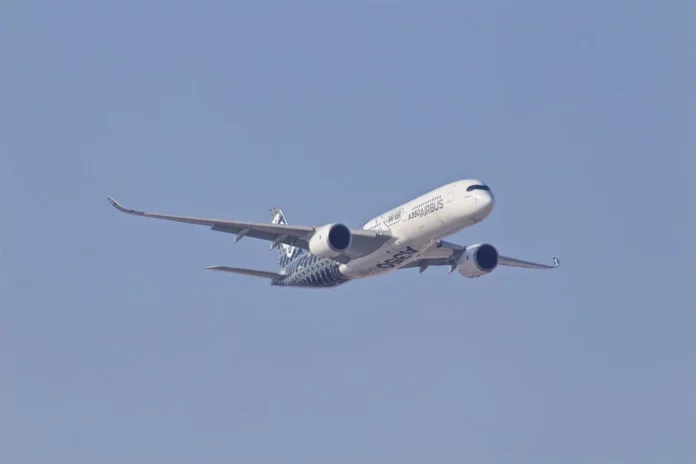The Transformer Rectifier Unit (TRU) plays a crucial role in the electrical system of the Boeing 737 aircraft. It is responsible for converting alternating current (AC) to direct current (DC) and supplying the necessary power to various systems and components onboard. The TRU ensures the efficient distribution of electrical power throughout the aircraft, contributing to its safe and reliable operation.
In this article, we will explore the working principles and importance of the Transformer Rectifier Unit on the Boeing 737.
How Does the Transformer Rectifier Unit Work?
The Transformer Rectifier Unit (TRU) consists of two main components: the transformer and the rectifier. The transformer converts the high-voltage AC from the aircraft’s generators or external power sources to a lower voltage level suitable for the aircraft’s electrical system. It steps down the voltage to a standardized level, typically between 28 volts and 30 volts, which is commonly used in aviation.
Once the voltage is stepped down, the rectifier component of the TRU converts the AC voltage to DC voltage. It does this by using diodes to rectify the alternating current, allowing only the positive half of the waveform to pass through. This creates a smooth, continuous flow of direct current that can be used to power various systems and equipment onboard the aircraft.
The Transformer Rectifier Unit also incorporates a filtering system to minimize electrical noise and disturbances. This helps maintain a stable and clean power supply, preventing any undesired effects on sensitive avionics and electronic components.
The Importance of the Transformer Rectifier Unit on Boeing 737
The Transformer Rectifier Unit is a critical component of the aircraft’s electrical system, providing reliable and regulated DC power to essential systems and equipment. Here are some key reasons why the TRU is important:
1. Power Supply for Avionics and Systems:
The TRU supplies power to vital avionics systems, such as flight instruments, communication equipment, navigation systems, and flight control computers. These systems require a consistent and clean source of DC power to function properly. The Transformer Rectifier Unit ensures a stable power supply, minimizing the risk of electrical fluctuations or failures that could jeopardize the aircraft’s operation.
2. Emergency Power Generation:
In the event of a generator failure or loss of external power, the Transformer Rectifier Unit serves as an emergency power source. It provides backup power to critical systems like emergency lighting, communication systems, and essential flight controls. This redundancy ensures that key functions can still operate during unforeseen circumstances, enhancing the overall safety of the aircraft.
3. Electrical System Management:
The TRU plays a vital role in managing the electrical power distribution throughout the aircraft. It regulates the output voltage and current levels, ensuring that different systems and components receive the appropriate amount of power. By balancing the electrical load and preventing overloads or underutilization, the Transformer Rectifier Unit optimizes the performance and efficiency of the electrical system.
Overall, the Transformer Rectifier Unit is a key component that helps maintain a reliable and consistent power supply in the Boeing 737 aircraft. It ensures the proper functioning of critical avionics systems, provides emergency backup power, and optimizes the electrical system’s performance.
Conclusion
The Transformer Rectifier Unit (TRU) is an integral part of the Boeing 737 aircraft’s electrical system. It converts alternating current (AC) to direct current (DC), supplies power to essential systems and equipment, and manages the electrical power distribution throughout the aircraft. The TRU’s role in providing reliable power and ensuring the proper functioning of avionics systems highlights its importance for safe and efficient flight operations.
For More: What is EFIS on Boeing 737? (Electronic Flight Instrument System)




